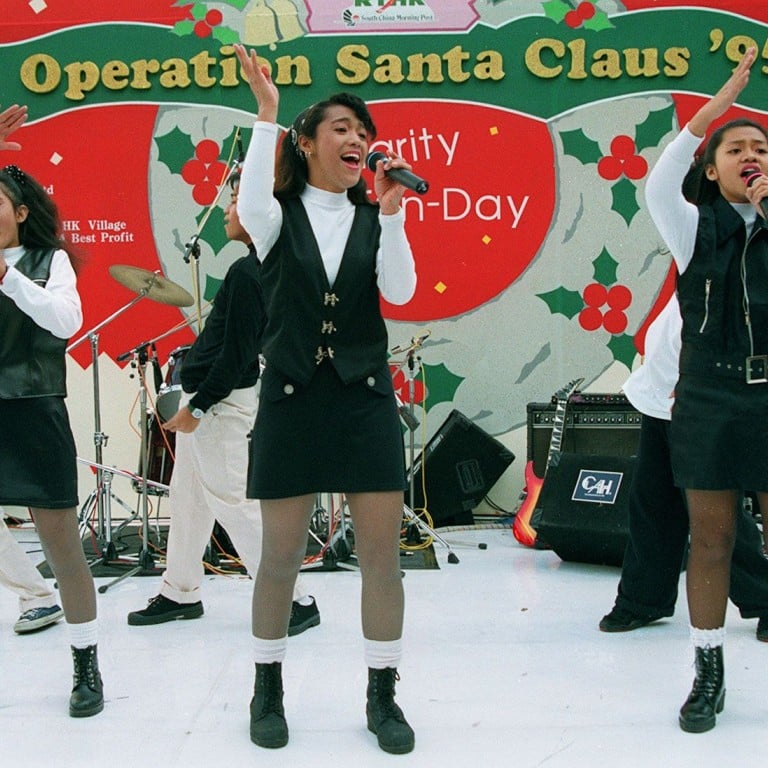
Why Are There So Many Filipino Cover Bands in Hong Kong?
The city might well fall apart without its cover bands.
The city might well fall apart without its cover bands. LKF’s Insomnia and Wan Chai’s Dusk till Dawn, at the very least, would grind to a halt. And while there’s something to be said for both karaoke and hauling yourself out to AsiaWorld-Expo to see our next imported band, on some nights there’s just nothing better than going crazy to a blast of top 40 classics, screamed into your face by a dude with a mic two feet from your own face.
Filipinos tend to be musical people, and the country has long exported its talent to the rest of the world. There was a large community of Filipino musicians in decadent jazz-age Shanghai, but after the establishment of the PRC many of these musicians came to Hong Kong, where they set up shop. Fast-forward to the 60s, when the Beatles and the Stones were in ascendance: but Hong Kong saw more of the Downbeats and D’Hijacks, their Filipino brethren. These cover bands took the city by storm, particularly the handsome Downbeats with lead singer Pepe Smith, the “Mick Jagger of the Philippines.” But it wasn’t just cover bands: The city’s musical development was tied up with its Pinoy musicians, with bands such as D’Topnotes and Danny Diaz and the Checkmates defining Hong Kong’s music scene.

In the 1970s and 1980s, Cantopop rose to prominence: In this new world, it was increasingly Cantonese ballads, not English pop, that drew in the crowds—and English-language music took a backseat. The city’s music scene became more stratified, and Filipino cover bands became welcomed in some parts of the city mostly because they didn’t cost as much as their western or Chinese counterparts. And, of course, they were willing to work, and to work hard. You think it’s easy going on stage six nights a week and blasting out yet another rendition of “Sweet Child o’ Mine”? You’re welcome to have a go.
The city’s most successful Filipino cover band artist? That would be Arnel Pineda. Pineda was a jobbing musician, who once upon a time played six nights a week at the now-closed Cavern in Lan Kwai Fong. In 2007 some friends uploaded a video of him singing his covers to YouTube—and that’s when Neal Schon of the American rock band Journey, of “Don’t Stop Believin’” fame, came across him. It just so happened that he was looking for a new lead vocalist. The band flew him to the States, where he auditioned—and got the part. From singing covers, to singing the originals: You don’t ever have to stop believin’.

